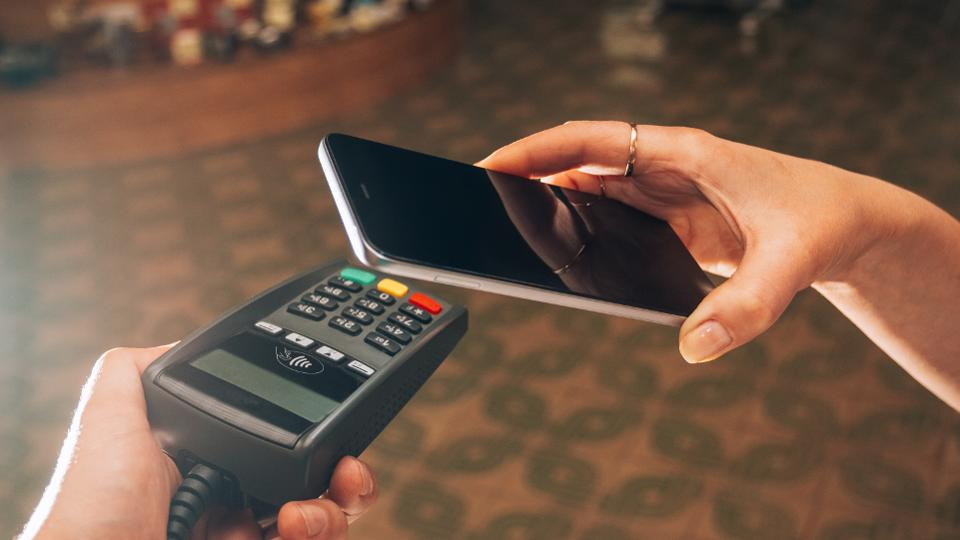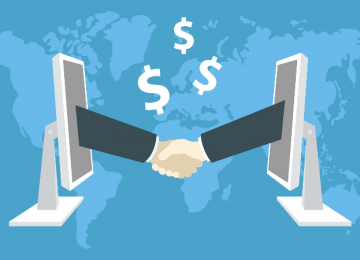As cities and public transportation companies work to develop safe, reliable, and inclusive transportation methods, COVID-19 has had a profound influence on their efforts. Contactless payments, which allow riders to simply tap to pay quickly and effortlessly, are crucial in a world where no-contact experiences are the norm.
In the pre-COVID era, mass transit systems sustained millions of people who relied on subways, rails, and buses every day. Today, the experience of commuting has been transformed by ‘open loop’ contactless travel. It has made reshaping the transit experience easier, allowing riders to access transit systems without being required to obtain, download or load funds onto a fare card in advance.
Making the most of adversity
As a result of the unprecedented decline in public transportation usage, transportation agencies can repair and upgrade the systems they have long planned. Both emergency access projects and recovery funds are being tapped to help fund these projects.
Post-pandemic recovery agencies are increasingly viewing touch-free payment technologies that utilize contactless payment technology, as well as other means, as essential.
Utilizing contactless travel to its full potential
Contactless payments play a vital role in enhancing public trust in passenger health and safety, as well as worker safety.
Below are a few ways that contactless payments can help transform transit now, and after COVID:
- Fare flexibility for new workplace norms– The trend of workers returning to the office will eventually fade, but several companies are moving toward permanent hybrid work models; remote work will likely continue to increase. Pay-as-you-go open-loop contactless payments enable commuters to pay when and as they need transportation. Some weekly, monthly, or annual passes may no longer appeal to commuters who are less consistent. Meanwhile, contactless fare-capping rules allow riders to get the best fare without planning or deciding in advance whether to purchase a daily or weekly ticket.
- Digital solutions increase operational savings– By eliminating traditional ticketing and legacy (or proprietary) systems, contactless pay-as-you-go travel can provide savings and allow operators to focus on other priorities such as customer satisfaction and rider safety.
- Improved security and privacy– Payments and tickets made through digital means can reduce fraud and secondary sales. Open-loop contactless systems enable consumers to make payments with EMV-enabled card contactless technology or a digital wallet that can be used widely outside the transportation network. As a result, the data of customers is more secure and there is no need to pre-register, which is frequently necessary with mobile apps or proprietary solutions.
- Tapping into data for better transport- When passengers pay and purchase tickets digitally, data is available that can be used to optimize schedules and capacity planning. Data on real-time passenger counting can also be incorporated into travel planning apps, helping customers avoid congested times that may create social distancing.
- Expanding financial inclusion– As much as the cost of tickets determines the transportation industry’s role in financial inclusion, so does the structure of payment systems. Through access to transportation networks, underbanked people can gain access to broader financial services.
To Conclude
It is an uncertain time. To advance urban mobility in a flexible, fair, and sustainable way, cities, government, and private agencies need to adapt, invent, and collaborate to move forward.












